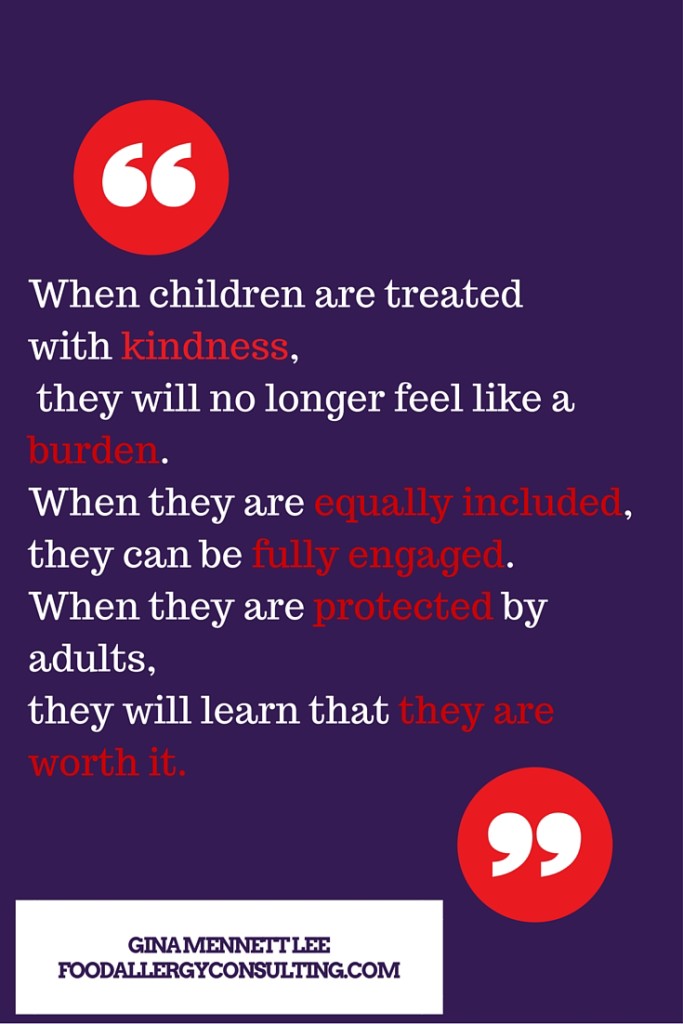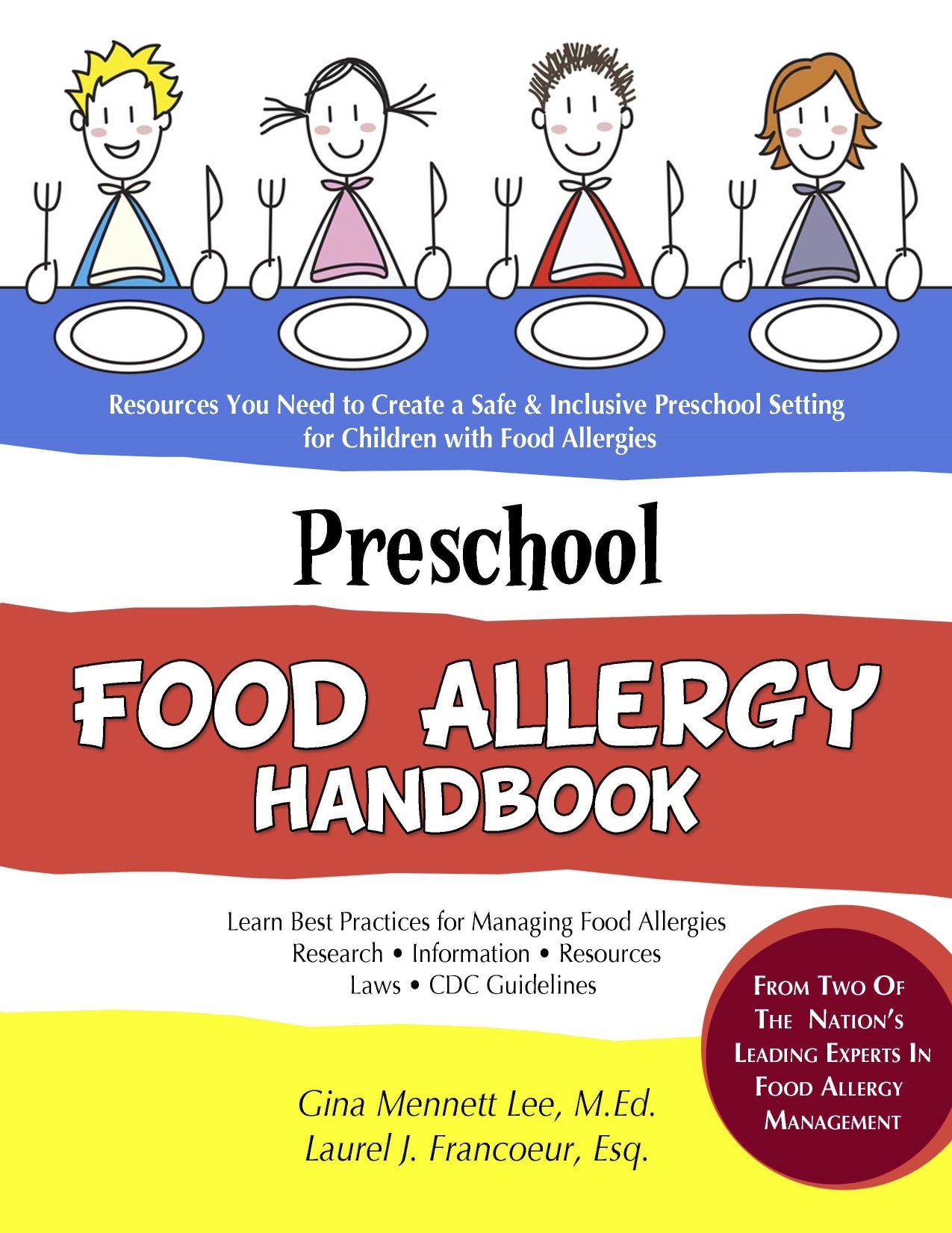I remember when I was in college, a professor of mine gave us all a copy of the poem, “Children Learn What They Live.” I saved it and read from time to time as a reminder of why I wanted to be a teacher. I still believe in the ideals in the poem. I believe our schools and classrooms need to be places where we provide a sanctuary for all children to learn and grow without worry or isolation, no matter what their difference or challenge.
At it’s best, our schools and classrooms are places where minds are broadened, foundations are cast, and acceptance and understanding are fostered. For many it can even be a gateway to a different life.
The right to an education it is not something to be taken for granted. As Americans we can be proud of the fact that in this country, education is offered to all people no matter their race, religion, gender, or disability. It’s a place where modern day heroes, our teachers, teach all children the skills they need to function as active members of their community. Where skills such as literacy, mathematics, problem-solving and creative thinking are all carefully and thoughtfully woven into the daily lesson plans.
For every child, our classrooms MUST be a safe haven; the one place where every child knows they are valued and where they have an equal opportunity to learn and to grow. We may not be able to change the child’s socioeconomic status or home life. We may not be able to cure their medical condition or make their disability disappear, but we can make our classrooms a place of equal opportunity.
For a child with a food allergy one important aspect of equal opportunity is the allergen-free classroom.
Why should a classroom be allergen-free when so many spaces such as the cafeteria or the corner grocery store are not? Why is this so critical in the classroom?
- Children don’t have the freedom to leave their classroom if they feel unsafe or if allergens are spreading. There have been many times that I have gracefully exited a party or gathering with my daughter because her allergens had become a problem and the hosts were none the wiser. This is because I was thankful my daughter was able to be a part of the event for the period of time that she was able and I didn’t want to hurt the host’s feelings. In a classroom, the child does not have this option. They remain there all day, day in and day out, sharing classroom materials and working together in groups.
- Allergens in the classroom are an unnecessary distraction at best and a danger at worst. What most don’t realize is that from a very young age many children with food allergies learn to be aware of their surroundings. As parents we can scan a room in seconds identifying and locating potential allergens with the stealth and ability of the Terminator. The only thing I can compare this to for non-food allergic friends, is when you had a toddler and you visited a friend or family member that hadn’t baby-proofed their house yet. When you go to their house you know that you are not actually going to be able to relax and have a good time because while everyone else is kicking back enjoying the conversation, you are constantly watching the outlets, manning the staircase with no baby gate and taking all the choke-able objects out of the hands of your exploring toddler. For a parent or a child managing food allergy, when allergenic food enters the room, you are similarly “on alert.” A child in class might be watching their peer, wondering “Is that food safe for me?” “Did he/she wash their hands?” “Did they touch the pencil sharpener?” “Did it spill on the table?” If a child has to be on alert, then they are not ready to learn. The same alertness that helps children learn to self-manage and self-advocate as they grow, can be a detriment in the classroom. Oftentimes, their worries carry over beyond the time at which the eating took place.
- The classroom is their place to work and to learn. It is where they spend all of their time. If allergens are in the classroom, there is an increased risk that they will then be on the surfaces, teaching materials, and learning tools that the children use. This increases the chance of an allergic reaction as a reaction can occur of one touches an allergen and then touches his/her eyes, nose or mouth. There is data to back this up, as 45% of allergic reactions requiring epinephrine BEGIN in the CLASSROOM, not the cafeteria. (For more on that, read here.)
- Lastly, allergens in the classroom open up the door for there to be accidents when it is just not necessary. Just last month, three young people died from allergic reactions at school functions. There are too many stories like these as well as other very serious reactions that could’ve been avoided had food or allergens not been present. Sometimes reactions are unavoidable, but when we can do something to help a child avoid their allergens, then we must. We have an obligation.
By Gina Mennett Lee, M.Ed., FoodAllergyConsulting.com


